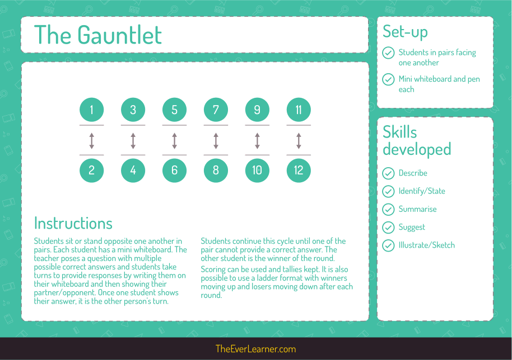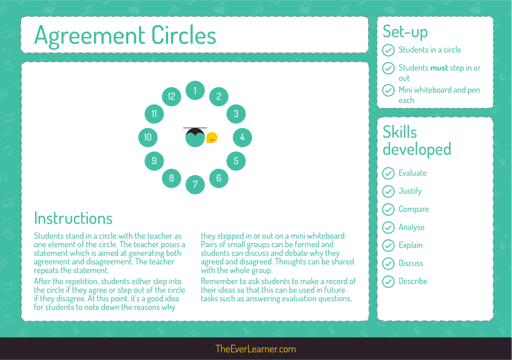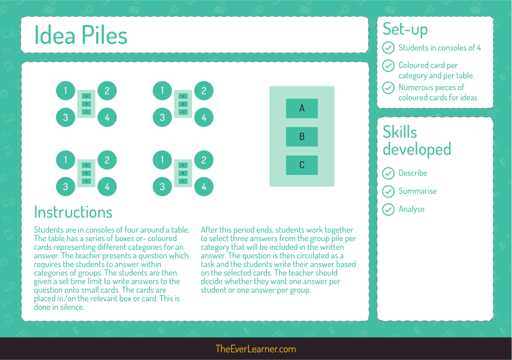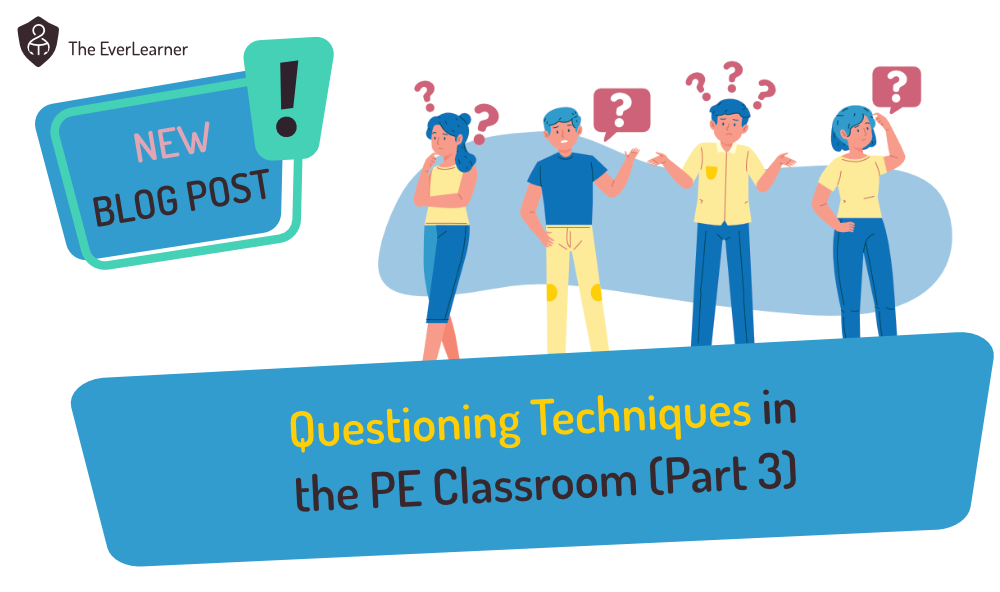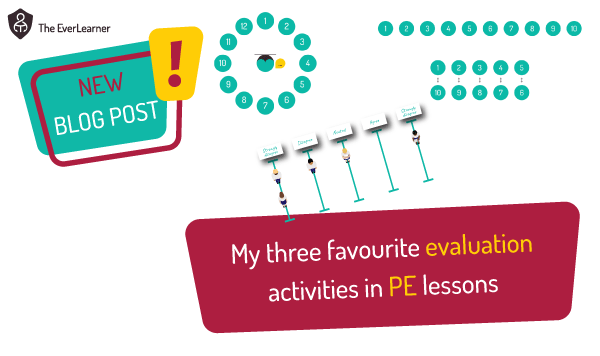Questioning Techniques in the PE Classroom (Part 2)
This post is part 2 in a series of five (minimum) posts on questioning techniques in the PE classroom. If you have not yet read Part 1 covering three different methodologies, I encourage you to do so here.
Q&A is one of the most fundamental skills of a classroom-based PE teacher. As previously stated, I believe that asking questions should have the following, and only the following purposes:
- to cause the maximum new learning possible;
- to encourage the maximum adaptation of previously learned knowledge/skill;
- to increase the decoding rate of previously learned knowledge/skill by the maximum amount possible.
It is my opinion that learning-based questioning should not be conducted in a classroom for any other purpose.
Early in my PE teaching career, I made many errors in my use of Q&A and I have detailed these errors in Part 1 of this series.
So, let’s take a look at a further three Q&A techniques:
Read about Q&A techniques 1-3 here.
Questioning Technique 4: The Gauntlet
This is a fantastic activity for bringing some energy to a classroom. It does need to be done with sensitivity as there is competition implicitly built into it but, delivered correctly, this is a high impact activity which forces students to encode and decode knowledge efficiently. It also allows for the sharing of ideas between learners, a factor that I cover in depth in the video below.
Questioning Technique 5: Agreement Circles
Once again, I am able to describe this technique as a stock feature of my classroom. When students need to be evaluative or need to justify their responses, I use this technique. Agreement circles build the behaviour of evaluation. This should not be underestimated. Many PE courses have evaluation as a crucial (often AO3) skill. If students need to to write evaluatively, they must be encouraged to behave evaluatively and Agreement Circles achieves this.
In my experience of this activity, ensuring that there is a summary made of all relevant points helps a great deal. I tend to do this on a standard whiteboard or flipchart but you may find other mechanisms to do so.
Questioning Technique 6: Idea Piles
Because Agreement Circles is used to establish the evaluate behaviour, I have chosen to include Idea Piles as technique 6 because this method is all about the analyse skill. Analysing is breaking things down into parts and then explaining those parts. Idea piles is perfect for this and, once again, builds the behaviour of analysing before the student is required to write analytically. It is also excellent for idea pooling and sharing. Here’s how it works:
So, there you have it. You now have six methods, all of which meet the key requirements of questioning in the PE classroom:
- To cause the maximum new learning possible.
- To encourage the maximum adaptation of previous learned knowledge/skill.
- To increase the decoding rate of previously learned knowledge/skill by the maximum amount possible.
I strongly believe that the skills of teachers can be upgrading and improved by awareness of such techniques and I encourage all PE teachers reading this post to engage with these methods over time. You will not regret the effort that you put in.
Thank you for reading and do consider making a comment. Have a lovely day.
James
%20Text%20(Violet).png)
